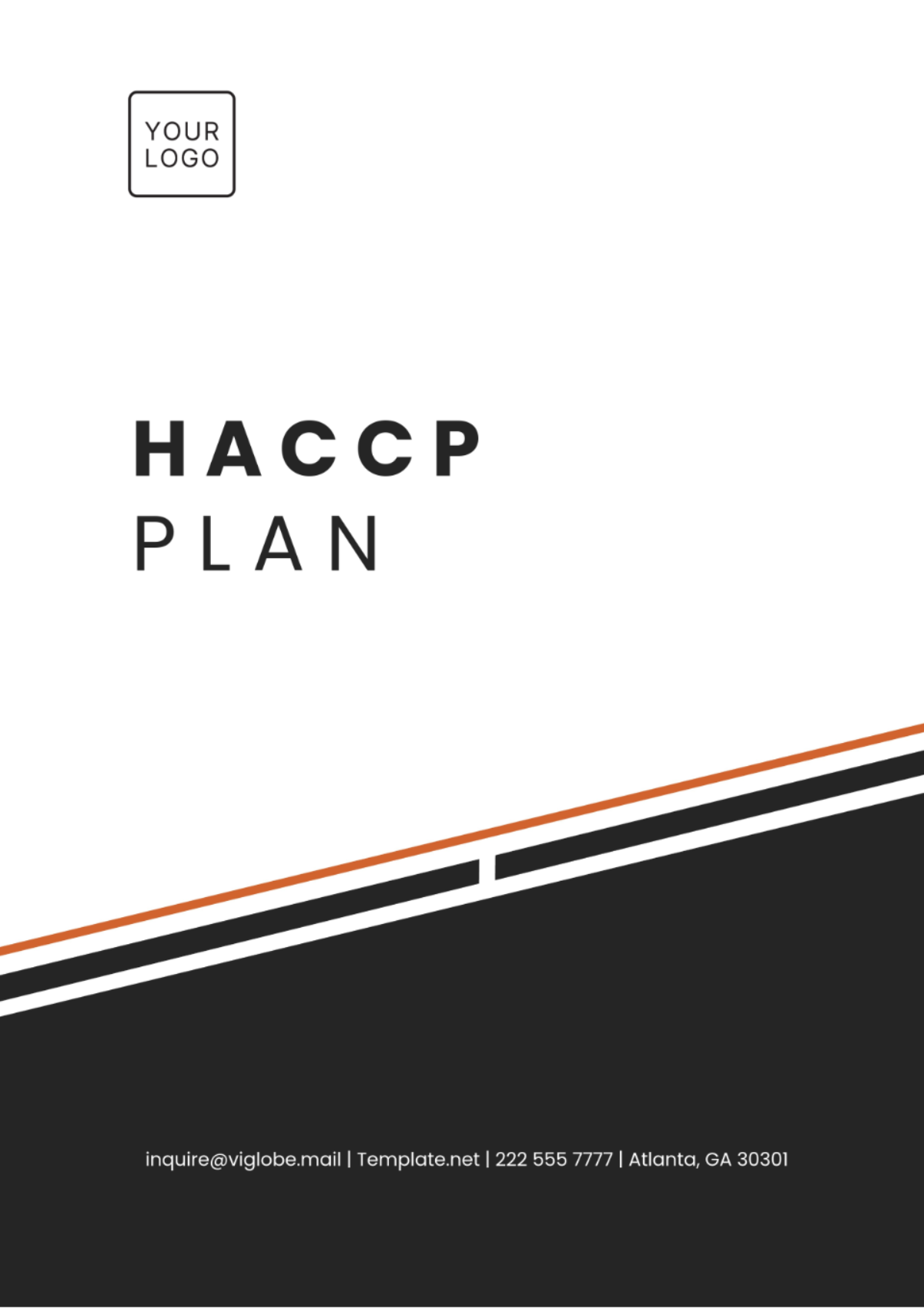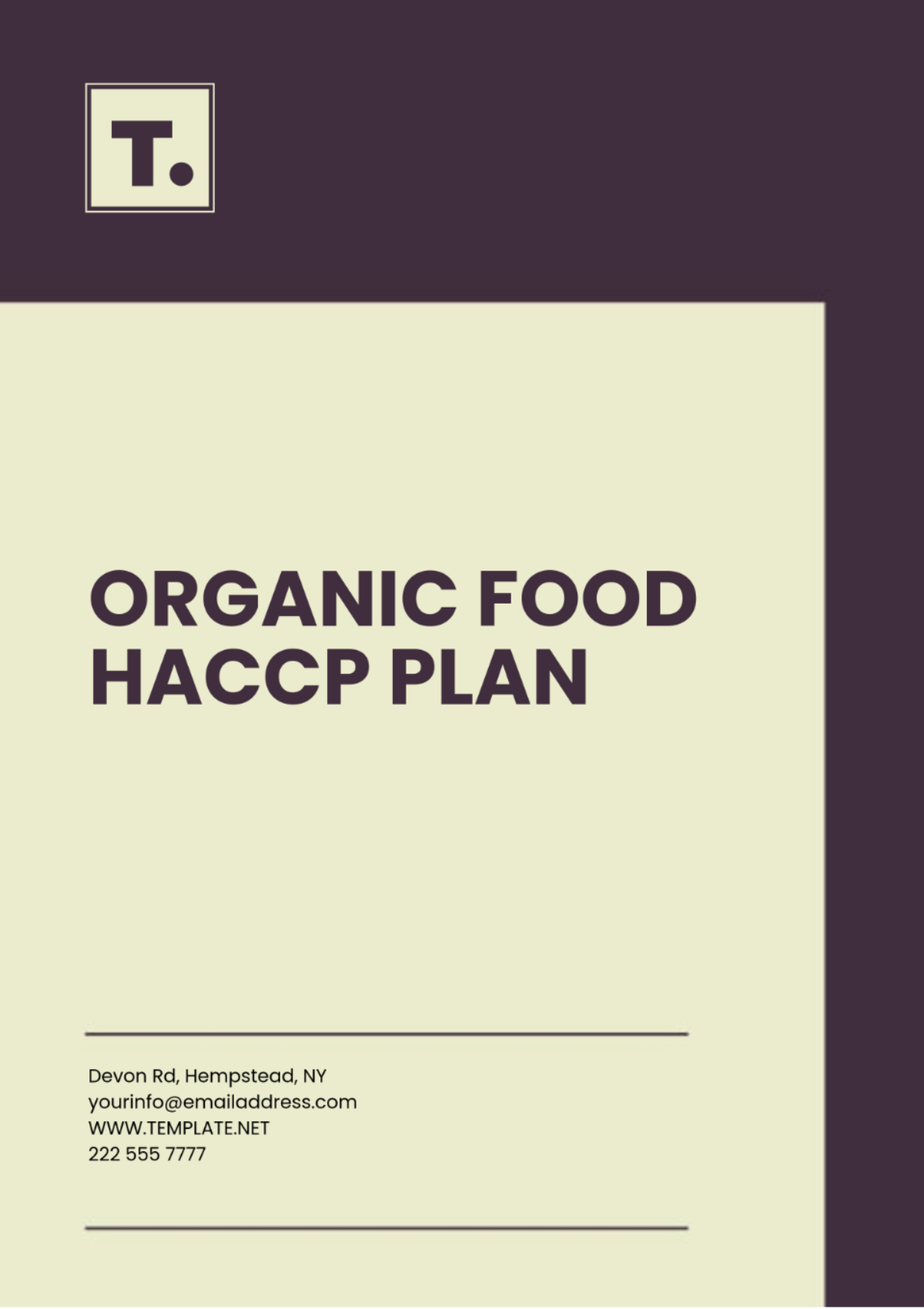Free Bakery HACCP Plan
Ensure your bakery operations meet food safety standards with our Bakery HACCP Plan Template from Template.net. This editable and customizable template allows you to outline critical control points, ensuring compliance with HACCP regulations. Whether you're addressing ingredient handling or baking processes, this tool simplifies your planning. Fully editable in our Ai Editor Tool, it provides a user-friendly platform





























